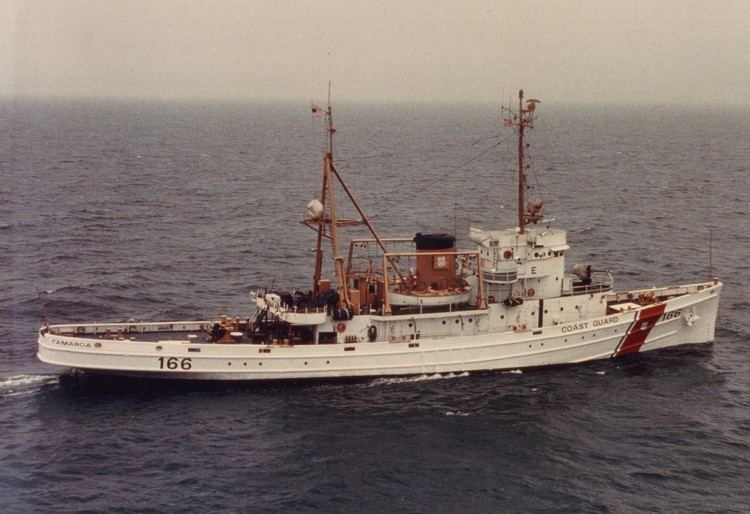Name USS Zuni (ATF-95) Builder Commercial Iron Works Commissioned 9 October 1943 Construction started 8 March 1943 Length 63 m | Operator U.S. Navy Laid down 8 March 1943 Decommissioned 29 June 1946 Launched 31 July 1943 | |
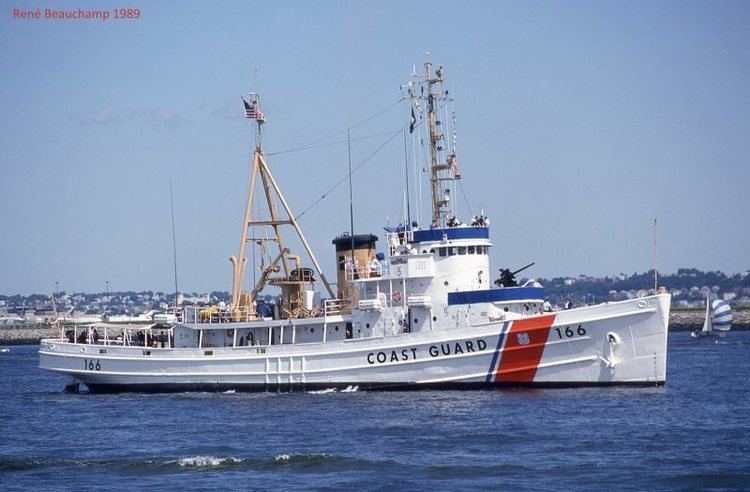 | ||
Similar USCGC Taney, USCGC Sundew (WLB‑404), USCGC Ingham (WHEC‑35), USCGC Bramble (WLB‑392), USCGC Bibb (WPG‑31) | ||
USCGC Tamaroa (WAT/WMEC-166) was a United States Coast Guard cutter, originally the United States Navy Cherokee-class fleet tug USS Zuni (ATF-95). Following the USCG custom of naming cutters in this class of ship after Native American tribes, she is named after the Tamaroa tribe of the Illiniwek tribal group.
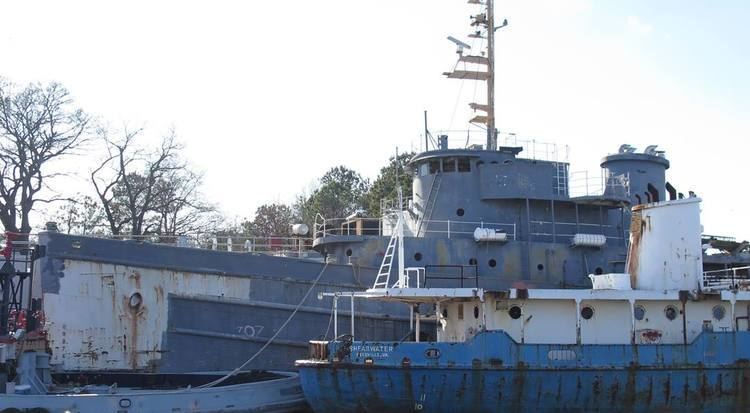
She was one of 70 built in her class for the US Navy. She saw action in World War II, including the Marianas, Philippines, and Iwo Jima operations. After the war she was transferred to the USCG.
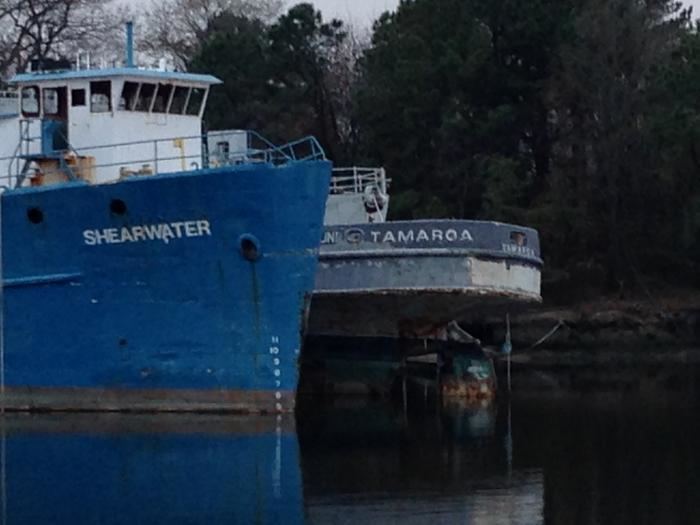
She was involved in the landmark tort case, Ira S. Bushey & Sons, Inc. v. United States, 398 F.2d 167 (2d Cir. 1968), which held the United States vicariously liable for the damage caused by the Tamaroa to a drydock after an intoxicated USCG seaman returning to his bunk aboard Tamaroa on March 14, 1963, opened drydock water valves, flooding and sinking the drydock and causing the Tamaroa to list and slide off its blocks. An employer (here, the U.S. government) will be held liable under respondeat superior if the actions of the employee (here, a USCG seaman) arise out of the course of his employment (here, as a USCG seaman returning to his ship after leave) and cause damage (here, to Bushey & Sons' drydock). Held: "the ship is liable for anything ship-connected persons cause it to do."
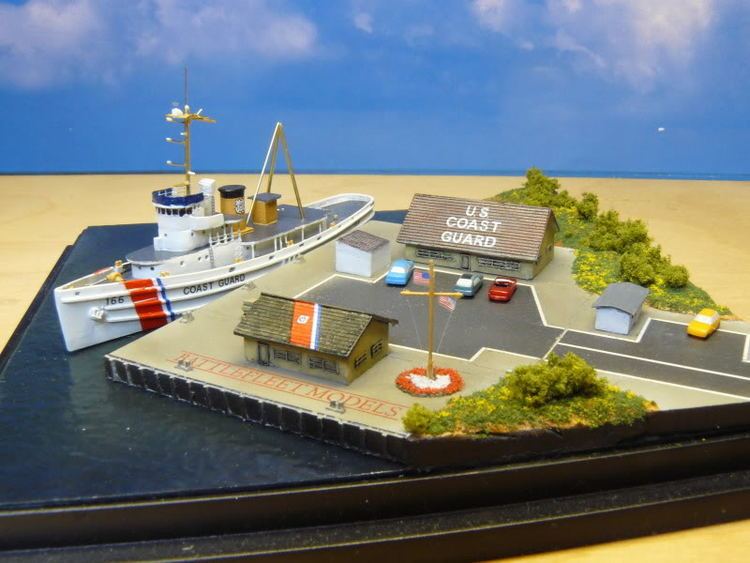
The bulk of her USCG career was spent patrolling, working in drug interdiction, and fisheries protection. She was the first Coast Guard Cutter to arrive at the sinking Andrea Doria. She is perhaps most famous for a rescue described in the book The Perfect Storm (by Sebastian Junger); she rescued both the crew of the yacht Satori, as well as the crew of a downed Air National Guard helicopter.
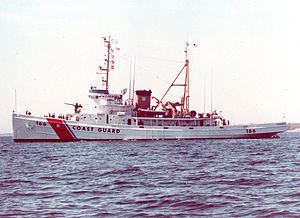
After she was decommissioned from the USCG, she was donated to the Intrepid Sea-Air-Space Museum in New York City. She was noticed tied up next to the Intrepid in 1994 by a former crewman who began a campaign to restore her. After several unsuccessful attempts, he hooked up with others interested in her fate and thus was formed what has become the Zuni Maritime Foundation, a newly formed non-profit organization in Richmond, Virginia. The foundation attempted to preserve the ship in an operational condition, and use her to educate the public. She is currently sitting in Norfolk, VA, waiting to be environmentally cleaned, scuttled and turned into an artificial reef.
